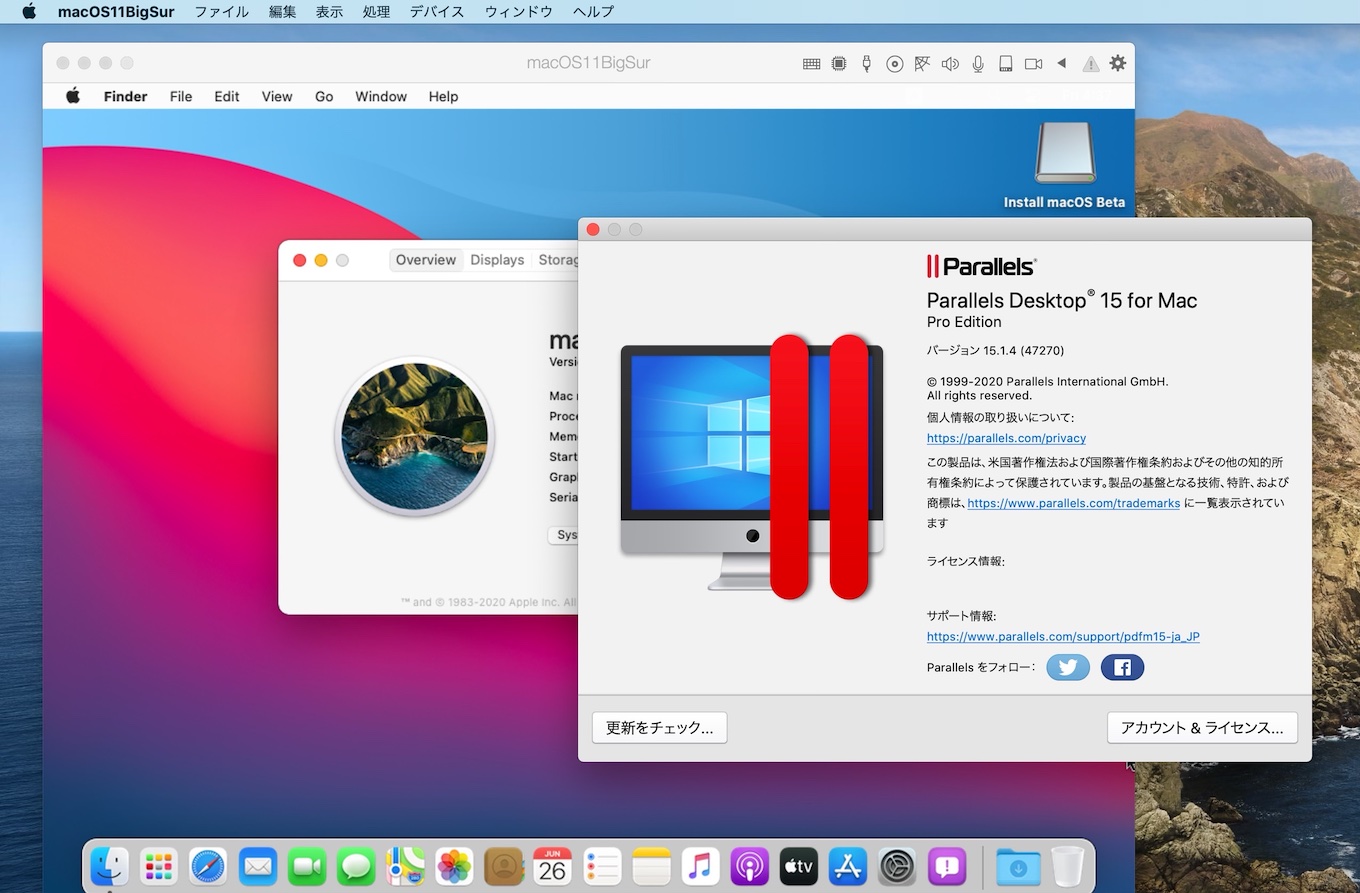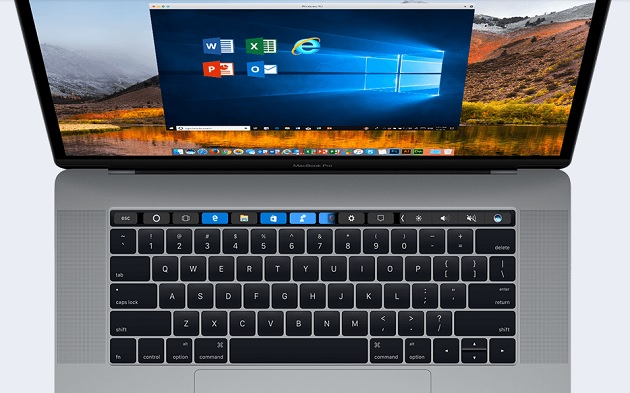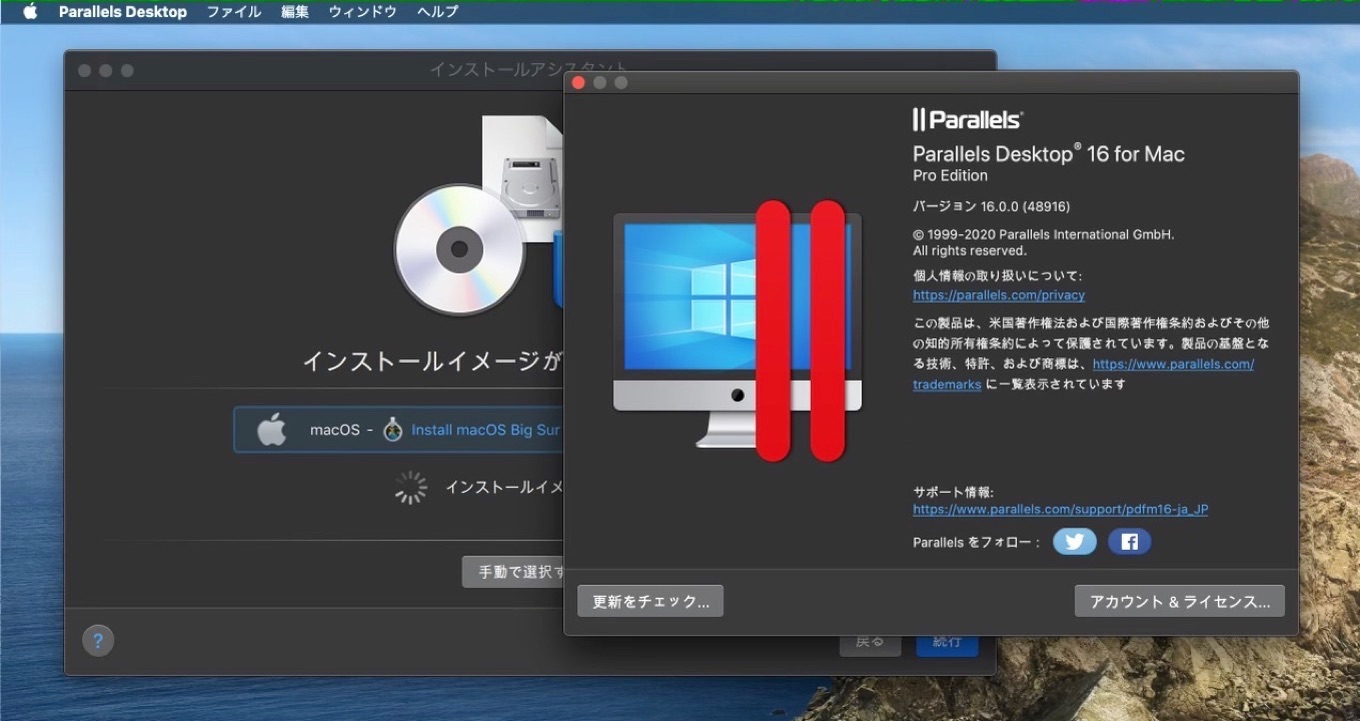

Now, if you’re not bored yet, I’d love to tell you more about this story.įor more than a decade, Parallels developed its proprietary drivers (aka system extensions) for running Windows and other OSes on top of the macOS. If you have multiple virtual machines, you may need to change the setting for every one of them. When your VM is stopped, go to VM configuration > Hardware > CPU & Memory > Advanced Settings > click on the “Hypervisor” dropdown > select “Apple” or “Parallels” respectively. Note that for this you might need to start or resume the virtual machine and approve Parallels hypervisor system extension. To change a hypervisor type, first, you need to shut down or stop your virtual machine.However, if you need to use the Nested Virtualization feature or a specific workload where Parallels hypervisor shows higher performance scores, you may keep using Parallels hypervisor. That way macOS won’t bother you with System Extension approval or the need to reboot. Parallels recommends you use Apple’s built-in hypervisor.If you downloaded Parallels Desktop from and the system extension is signed by “Parallels International GmbH”, then you are in good hands. So, it is a security precaution, similar to how your phone apps ask to access your camera.

System extensions have elevated privileges and if they are coming from a non-trusted source, can be used maliciously.

System extensions in macOS enable developers to integrate deep into the macOS system to achieve better performance or provide some unique functionality.Parallels proprietary hypervisor is implemented as a system extension. There are 2 types of hypervisors on macOS that Parallels can use: Apple’s built-in hypervisor or Parallels’ proprietary hypervisor.Parallels Desktop uses a hypervisor technology to create a high-performance virtual machine, so you can run Windows, Linux, macOS, and other operating systems inside it.First, I will give you a relatively short answer about why Parallels® Desktop uses system extensions, and then more details will follow. No worries, in this blog post I will explain the situation in detail.


 0 kommentar(er)
0 kommentar(er)
